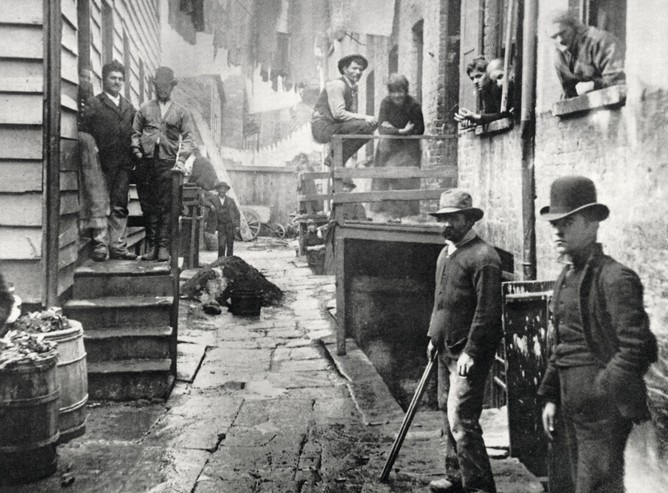 Signs: Journal of Women in Culture and Society invites submissions for a special issue titled Pleasure and Danger: Sexual Freedom and Feminism in the Twenty-First Century, slated for publication in the Autumn 2016 issue. The deadline for submissions is April 1, 2015.
Signs: Journal of Women in Culture and Society invites submissions for a special issue titled Pleasure and Danger: Sexual Freedom and Feminism in the Twenty-First Century, slated for publication in the Autumn 2016 issue. The deadline for submissions is April 1, 2015.
At the heart of the feminist project is a persistent concern with thinking through the powers of desire (Snitow, Stansell, and Thompson 1983) and expanding the potential for sexual and gender freedom and self-determination at the same time that we combat sadly persistent forms of sexual danger and violence. Exemplified in the US context by Carole Vance’s landmark collection, Pleasure and Danger: Exploring Female Sexuality, feminist debates over sex, gender, and society have been incendiary. First published in 1984, as proceedings of the infamous Scholar and the Feminist conference at Barnard, which initiated the equally infamous sex wars, this volume reproduced intense dialogue while also contributing to a much broader investigation of the politics (and pleasures, and dangers) of sexuality within feminist theory and culture. Articles that threw down gauntlets were subsequently canonized and celebrated. Much has changed since that explosive conference and book. Even the subtitle, exploring female sexuality, would now be more deeply interrogated (biologically female? presumptively heterosexual?) and certainly pluralized. But however reframed, the paradoxical joining that is pleasure and danger remains poignantly relevant.
For this special issue, we invite transdisciplinary and transnational submissions that address questions and debates provoked by the pleasure and danger couplet. Submissions may engage with the historical (how different is our moment from that formative sex wars era? have the sex wars moved to new terrain such as trafficking and slut-shaming?); the representational (how does the digital era transform our sexual lives? what does livestreaming sexual assault do to/for feminist organizing? what possibilities are there for feminist and queer imagery in an era of prolific porn, commodified otherness, and everyday inclusion?); the structural (how do race, ethnicity, religion, and national cultures enable and constrain sexual freedoms? how do carceral and governance feminisms frame and perhaps contain earlier liberatory impulses?); and/or the intersectional (how do we analyze the mutually constituting relations of sexuality, gender, race, ethnicity, class, nationality, ability, age, and so on?). There are local and global questions to be asked and strategic arguments to be resolved. And the very terms are themselves constantly debated (whose pleasure are we speaking of and for? who is the we doing that speaking? who is imagined to be in danger? how does gender signify differently in that couplet from sexuality?).
We particularly encourage analyses from all regions of the globe that address pressing concerns and that do so in a way that is accessible and, well, passionate! We encourage bold and big thinking that seeks to reckon with the conundrum still signaled by the pleasure/danger frame. We especially seek submissions that attend to the couplet itself, to the centrality of pleasure/danger within the project of making feminism matter and resonate in ways both intimate and structural, deeply sensual and liberatory, simultaneously championing multiplicities of pleasures and a lasting freedom from violence and abuse.
Manuscripts may be submitted electronically through Signs Editorial Manager system at http://signs.edmgr.com. Please choose the article type Pleasure and Danger – Special Issue Article. Guidelines for submission are available here. This Call for Papers is also available as a PDF. Please email the journal office with any questions.
References
Snitow, Ann Barr, Christine Stansell, and Sharon Thompson. 1983. Powers of Desire: The Politics of Sexuality. New York: Monthly Review.
Vance, Carole. S, ed. 1984. Pleasure and Danger: Exploring Female Sexuality. Boston: Routledge & Kegan Paul.







